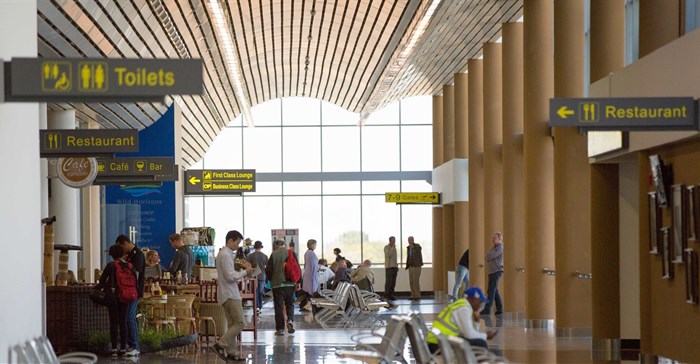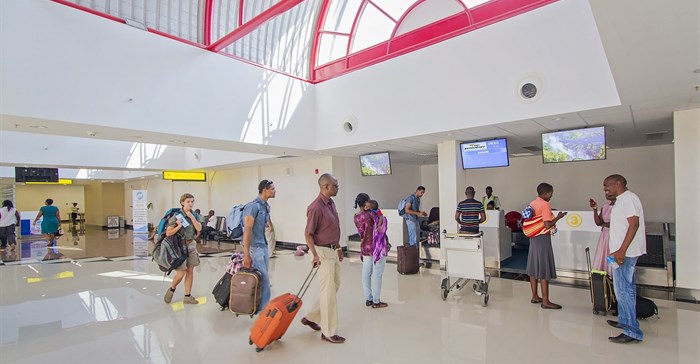On 18 November 2016, the new $150 million Victoria Falls International Airport officially opens its new and upgraded facilities to the world. The new airport has the capacity to handle 1.5 million passengers per annum - triple its previous volume - and is capable of landing some of the world's largest aircraft.

The new Victoria Falls International Airport from the runway. Photo - Tami Walker
Zimbabwean hospitality group Africa Albida Tourism (AAT) welcomes the major development, which is set to usher in a new era of tourism to the region.
“The positive impact of the new Victoria Falls International Airport will be very significant and should take the destination and region to a new level in terms of arrivals,” says AAT’s chief executive, Ross Kennedy. “The socio-economic benefits will be widespread as increased and new access drives the tourism sector’s growth with arrivals from additional source markets.”
Kennedy added that increased interest was shown in the new Victoria Falls International Airport at the World Travel Market – a major global travel trade show – held in London last week. “I met with many tour operators, media, and airlines at the show, and I can confirm that interest is very high and the travel industry is excited by the opening.
“Zimbabwe remains a ‘hot destination’ on the schedules of many tour operators across the globe,” Kennedy said.
The airport
Annajulia Hungwe, PR and communications manager of the Civil Aviation Authority of Zimbabwe, said the new airport could accommodate more than three times as many passengers as before, and had been built to accommodate further expansion should rising tourist numbers in the future deem it necessary.
The new airport in Zimbabwe’s leading resort town has been fully operational since September. The development included the construction of a new international terminal building and the rehabilitation of the existing one into a domestic terminal.
The airport features a four-kilometre runway, a state-of-the-art control tower – which is one of the most advanced in Africa – and a fire station, equipped to respond to fire and medical emergencies.

Inside the international terminal at Victoria Falls International Airport. Photo – Tami Walker
Facilities at the international terminal include 14 check-in counters, nine boarding gates, three baggage carousels, a dozen shops, two restaurants, 28 aircraft parking bays and parking facilities for 400 vehicles.

Check-in at Victoria Falls International Airport's rehabilitated domestic terminal. Photo - Tami Walker.
The domestic terminal features six check-in counters, two passenger security-screening facilities, one restaurant and three coffee shops, eight other retail outlets and a business-class lounge.
The airport, funded by a China Exim Bank loan to the Zimbabwean Government, was constructed by the China Jiangsu International Group.
































